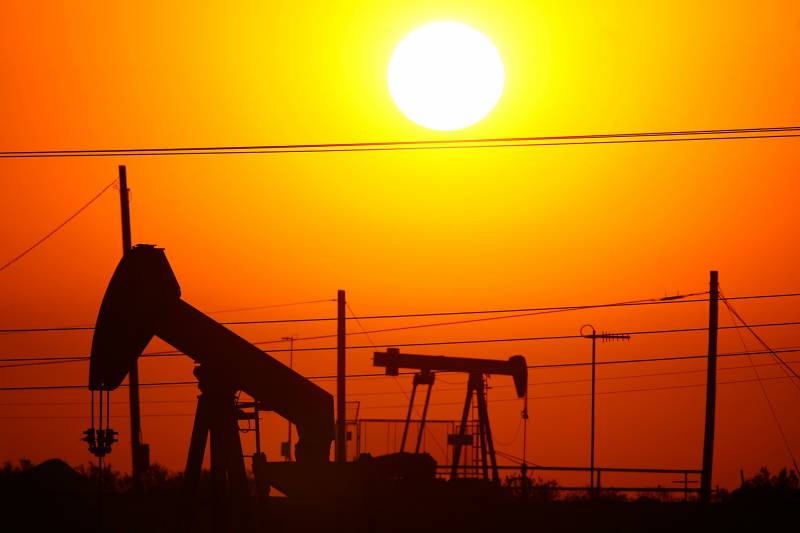California on Friday officially challenged a Trump administration plan to open up more than a million acres of public land in the state to fossil fuel development.
In December, the Bureau of Land Management finalized a fracking and drilling plan that spans eight counties in Central California, ending a federal moratorium on new leases in the state. The proposal includes land in Fresno, Kern, Kings, Madera, San Luis Obispo, Santa Barbara, Tulare, and Ventura Counties.
California Attorney General Xavier Becerra called the federal plan “half-baked” and “misguided” and says it conflicts with California policy of reducing emissions of planet- warming gases 40% by 2030.
“One of the big concerns is this would set us back in our goals to address emissions of greenhouse gases,” Becerra said. “But it goes far beyond that. This is an issue of health.”
The lawsuit is the latest action in California’s ongoing fight with the Trump administration over energy and climate policy. The state is aggressively scaling back fossil fuel extraction, increasing oversight of drilling operations and pursuing ambitious climate targets. At the same time, the Trump administration is seeking to expand drilling on public land.
